- Home
- Directory
- Shop
- Underwater Cameras - Photographic Accessories
- Smartphone Housings
- Sea Scooters
- Hookah Dive Systems
- Underwater Metal Detectors
- Dive Gear
- Dive Accessories
- Diving DVD & Blu-Ray Discs
- Diving Books
- Underwater Drones
- Drones
- Subscriptions - Magazines
- Protective Cases
- Corrective Lenses
- Dive Wear
- Underwater Membership
- Assistive Technology - NDIS
- On Sale
- Underwater Gift Cards
- Underwater Art
- Power Stations
- Underwater Bargain Bin
- Brands
- 10bar
- AOI
- AquaTech
- AxisGo
- Backscatter Underwater Video and Photo
- BLU3
- Cayago
- Chasing
- Cinebags
- Digipower
- DJI
- Dyron
- Edge Smart Drive
- Eneloop
- Energizer
- Exotech Innovations
- Fantasea
- Fotocore
- Garmin
- Geneinno
- GoPro
- Hagul
- Hydro Sapiens
- Hydrotac
- Ikelite
- Indigo Industries
- Inon
- Insta360
- Intova
- Isotta Housings
- Jobe
- JOBY
- Kraken Sports
- LEFEET
- Mirage Dive
- Nautica Seascooters
- Nautilus Lifeline
- NautiSmart
- Nitecore
- Nokta Makro
- Oceanic
- Olympus
- OM System
- Orca Torch
- Paralenz
- PowerDive
- QYSEA
- Scubajet
- Scubalamp
- Sea & Sea
- SeaDoo Seascooter
- SeaLife
- Seavu
- Shark Shield
- Sherwood Scuba
- Spare Air
- StickTite
- Sublue
- Suunto
- SwellPro
- T-HOUSING
- Tusa
- U.N Photographics
- Venture Heat
- XTAR
- Yamaha Seascooter
- Youcan Robot
The Sydney Pygmy Pipehorse
Contributed by Ákos Lumnitzer
The day it all changed...
I thought my eyes were deceiving me. All I could make out was a little white fish resembling a seahorse, no bigger than a 50-cent piece. Yet it was so elaborately disguised I literally bumped into it head first, as I was busily photographing a nudibranch exhibiting unique brooding behaviour almost next to it. My wildest dreams would not have predicted that this memorable encounter with this as yet unknown fish would be the start of an unbelievable journey; perhaps the most incredible of my entire life.
 Pondering
to myself thinking if this little seahorse-like fish was lost - alone in a world
so foreign - I quickly eliminated the thought and commenced frantically the
pressing of the shutter button on my trusty old Nikonos IVa. I had a one to
one macro outfit that just happened to be the right magnification for my purpose
and I was really optimistic about capturing this bizarre little individual on
film. Clearly remembering my impatience as I waited for the prints from the
one-hour lab, my anticipation was building fast with every passing minute towards
the moment of truth. The instant I got my hands on the sleeve with the prints
in it, I flicked through every image to check exposures to see whether the image
was good enough to show the guys at the dive shop around the corner. 'Yes!'
I exclaimed perhaps so loudly that people might have thought I lost my mind;
but I was excited and nothing could dampen my elation.
Pondering
to myself thinking if this little seahorse-like fish was lost - alone in a world
so foreign - I quickly eliminated the thought and commenced frantically the
pressing of the shutter button on my trusty old Nikonos IVa. I had a one to
one macro outfit that just happened to be the right magnification for my purpose
and I was really optimistic about capturing this bizarre little individual on
film. Clearly remembering my impatience as I waited for the prints from the
one-hour lab, my anticipation was building fast with every passing minute towards
the moment of truth. The instant I got my hands on the sleeve with the prints
in it, I flicked through every image to check exposures to see whether the image
was good enough to show the guys at the dive shop around the corner. 'Yes!'
I exclaimed perhaps so loudly that people might have thought I lost my mind;
but I was excited and nothing could dampen my elation.
The crew at the dive shop were astounded at this small creature and while they all have seen seahorses in the past, they told me that none of them have ever seen a seahorse like this particular one before. Not thinking twice about this unusual fish I drove home and sort of forgot about it for a day or two, then I thought I'd better check my reference sources. Having flicked through page after page of my marine critter identification books I drew a total blank, even though I had some very useful temperate Australian reference material available on the shelf. I was still dubious about the fact that this was an unknown species and figured that I just haven't got all that I would need to track down the identities of all the creatures living in my backyard.
Through a sheer twist of fate I became acquainted with an ichthyologist at the Australian Museum. Always having thought that scientists smoked pipes, had long white hair, bushy beards and were generally not interested in mingling with mere mortals such as myself, this particular person came as a shock because this preconceived scientist he was in fact a she and only about my age. What a relief that was I thought and on top of that she was actually interested in seeing local marine life as well. Being a keen photographer by this stage I ended up showing her a few images that I thought were presentable - though looking at them nowadays I would be most certainly ashamed - she suggested I come into the museum and show them to her boss one day.
 The
ichthyologist in charge is Mark McGrouther who has been working at the Australian
Museum since 1981. He took a look at my shots of this small seahorse and all
he could say was that: "I can tell you that this fish is definitely related
to seahorses and pipefish, but what it actually is I can't say with confidence."
The
ichthyologist in charge is Mark McGrouther who has been working at the Australian
Museum since 1981. He took a look at my shots of this small seahorse and all
he could say was that: "I can tell you that this fish is definitely related
to seahorses and pipefish, but what it actually is I can't say with confidence."
Mark also thought it was beyond belief that after so much has been found in this big city and thinking that he had seen it all, he came across another species of fish that appears to be undescribed. All that was needed for the commencement of the study was a single specimen.
Once an initial specimen was collected for the museum, work began on the identification process by Rudie H. Kuiter, a Melbourne-based ichthyologist, who knows more than most people would ever know about Australia's fishes. Rudie compared the specimen against existing species in the collection and it was at this point in time when the definite 'new species' existence was announced. A brand new episode in the book of Australian seahorses and their relatives was about to be written. Rudie himself was quite taken aback, because he spent close to 20 years photographing marine life in the Sydney region and has never come across this species of fish during his entire time here. However, there are still a few Sydney die-hards who have been aware of these small syngnathids for quite some time.
Think of pygmy seahorses (Hippocampus bargibanti) of tropical waters made famous in the last decade by photographers visiting exotic scuba diving destinations, like Papua New Guinea, Indonesia or Malaysia. They keep raving about this tiny creature, only 10-15mm long, living on certain species of gorgonian fan corals and living at depths in excess of 30 meters. If you couple the amount of 'safe' bottom time you should spend with the habitat in which these syngnathids live you have a huge task ahead to try and locate as well as photograph a living specimen. Sounds good? Well, I have better news ahead. Our Sydney pygmy pipehorse is generally found from anywhere between 8-30 meters of depth.
 Idiotropiscis
sp. is a reasonably small pygmy pipehorse. Even though it looks very similar
to a seahorse, the head is positioned at a slightly lesser angle to the body
than a seahorse. Being a Syngnathid, the female deposits around 60 eggs into
the male’s pouch and then he completes brooding. The really unique adaptation
of these pygmy pipehorses is that their skin attracts dermal algae growth, which
enables them to fully blend into their habitat and be almost impossible to find
during the day. At night it is a different story, as the pygmy pipehorses can
be seen perching high on their algae hosts, perhaps to avoid predation by nocturnal
marine animals.
Idiotropiscis
sp. is a reasonably small pygmy pipehorse. Even though it looks very similar
to a seahorse, the head is positioned at a slightly lesser angle to the body
than a seahorse. Being a Syngnathid, the female deposits around 60 eggs into
the male’s pouch and then he completes brooding. The really unique adaptation
of these pygmy pipehorses is that their skin attracts dermal algae growth, which
enables them to fully blend into their habitat and be almost impossible to find
during the day. At night it is a different story, as the pygmy pipehorses can
be seen perching high on their algae hosts, perhaps to avoid predation by nocturnal
marine animals.
Colour is extremely variable with specimens ranging from pure white with red tassels to brown with brown tassels. The amount of dermal algae growth is dependent on the fish's habitat and even then it is incomprehensible why specimens vary within a habitat from having numerous algal tassels to almost none whatsoever. It is a real puzzle, but one possible solution is that perhaps as specimens travel short distances from one kind of growth to another, they may not have had time to complete their changes in their extra appendages at the time of observation.
Presently it is thought that the Sydney pygmy pipehorse's distribution ranges from Sydney to far southern NSW. We have personally witnessed the presence of this pygmy pipehorse at a number of Sydney divesites and have seen it just outside of Ulladulla Harbor.
 Many divers tend to think that diving in our big city is boring and featureless, as upon experiencing their first encounters with divesites in our Harbour city they are met by perhaps less than ideal conditions, including bad visibility, rough seas or even a bad dive experience beforehand.
Many divers tend to think that diving in our big city is boring and featureless, as upon experiencing their first encounters with divesites in our Harbour city they are met by perhaps less than ideal conditions, including bad visibility, rough seas or even a bad dive experience beforehand.
Enthusiastic and experienced Sydney divers will tell you otherwise. They frequently observe critters from another world in their own Sydney 'backyards' that many other divers travel long distances around our world to see. The best thing about diving in Sydney is, that once you have all your equipment you can go and explore to your heart’s content for the mere price of an airfill. Now that is a cheap adventure I think!
As my journey continued and I learnt more with each encounter, understood more with every new discussion I had with fellow divers, the whole picture became clearer. These fish were not lost; they have been around for many years. Who knows how many times I had swum over one in a flash when I was pursuing something fifty times bigger than it? I will never know, except that nowadays - by having learnt so much more - I have at least some idea where the best places to look for them are.
At this time of my life I have only been diving for a year and a half and have been learning how to take photographs below the surface for eight months or so. Having learnt over the years both by hearing anecdotes and experiencing first-hand the amiable Uncle Murphy and how he always shines on every underwater photographer, I must have been one of the luckiest ones that day, as I happened to have the right set-up for what I really needed! But better yet, the little pygmy pipehorse now bears my name, since it is now scientifically called Idiotropiscis lumnitzeri.
Shopfront
-
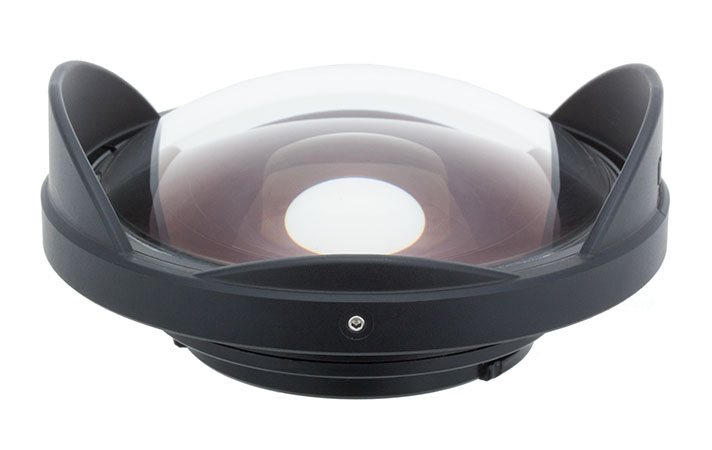 Inon UFL-G140 SD Underwater Semi-fisheye Conversion Lens
Inon UFL-G140 SD Underwater Semi-fisheye Conversion Lens
- Price A$ 649.00
-
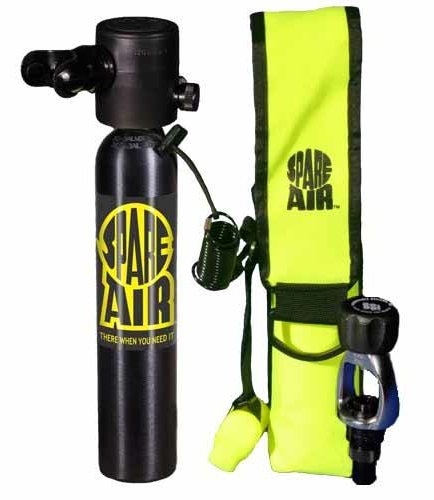 Submersible Systems Spare Air Pack - Model 300 - 3cuf
Submersible Systems Spare Air Pack - Model 300 - 3cuf
- Price A$ 549.00
-
 Garmin Descent™ X50i - Premium Dive Computer
Garmin Descent™ X50i - Premium Dive Computer
- Price A$ 2,449.00
-
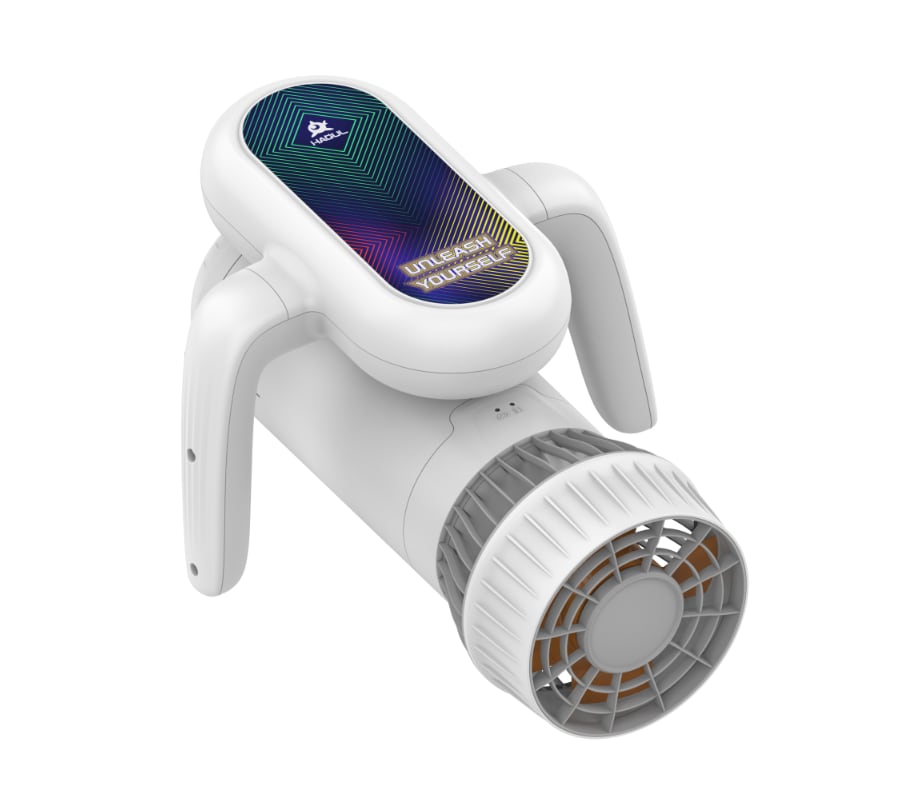 Hagul EZ Underwater Scooter - by Sublue
Hagul EZ Underwater Scooter - by Sublue
- Price A$ 599.00
-
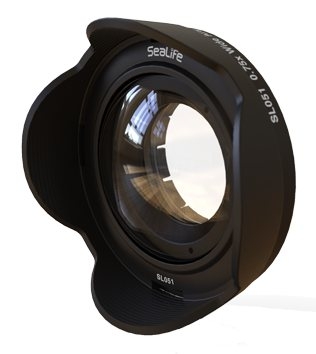 SeaLife 0.75x Wide Angle Conversion Lens
SeaLife 0.75x Wide Angle Conversion Lens
- Price A$ 299.00
-
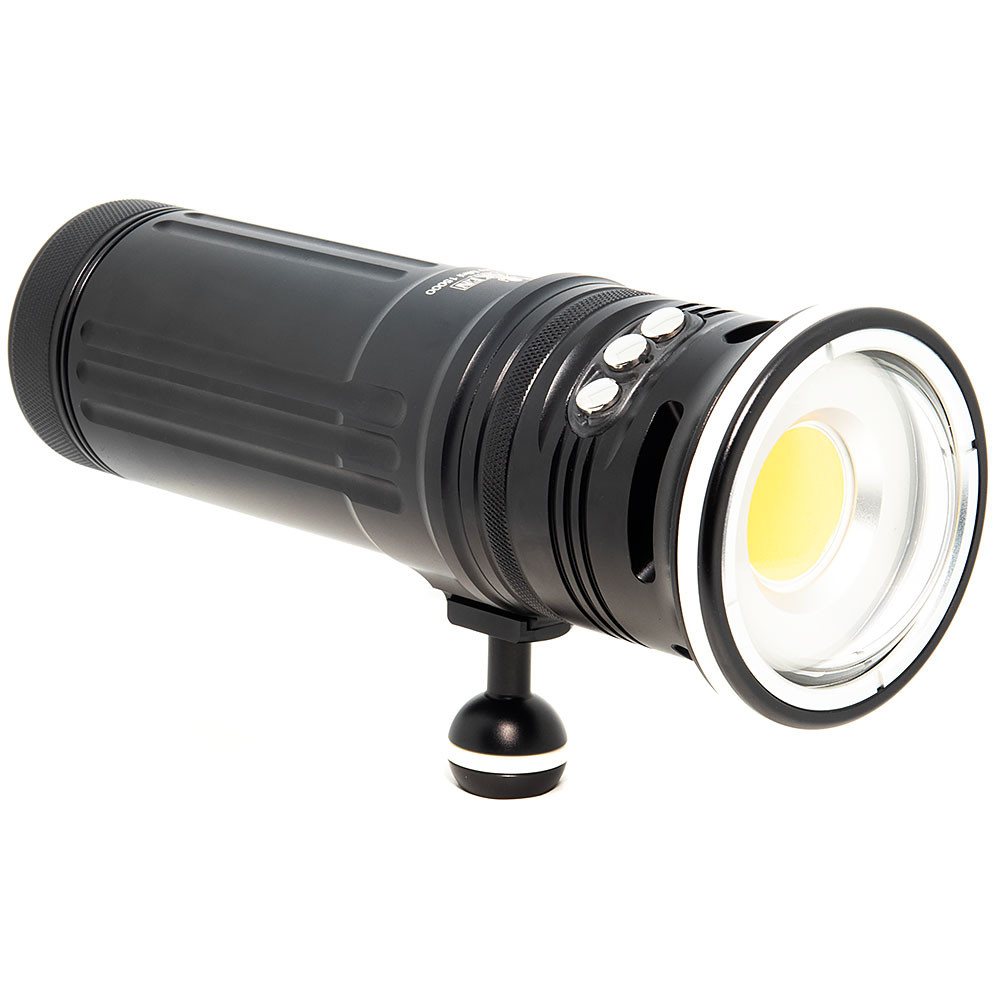 Kraken Sports Solar Flare Mini 18000 Underwater Video Light
Kraken Sports Solar Flare Mini 18000 Underwater Video Light
- Price A$ 1,149.00
-
 AquaTech EDGE Base Camera Water Housings - Fujifilm mirrorless
AquaTech EDGE Base Camera Water Housings - Fujifilm mirrorless
- Price A$ 1,249.00
In the Directory



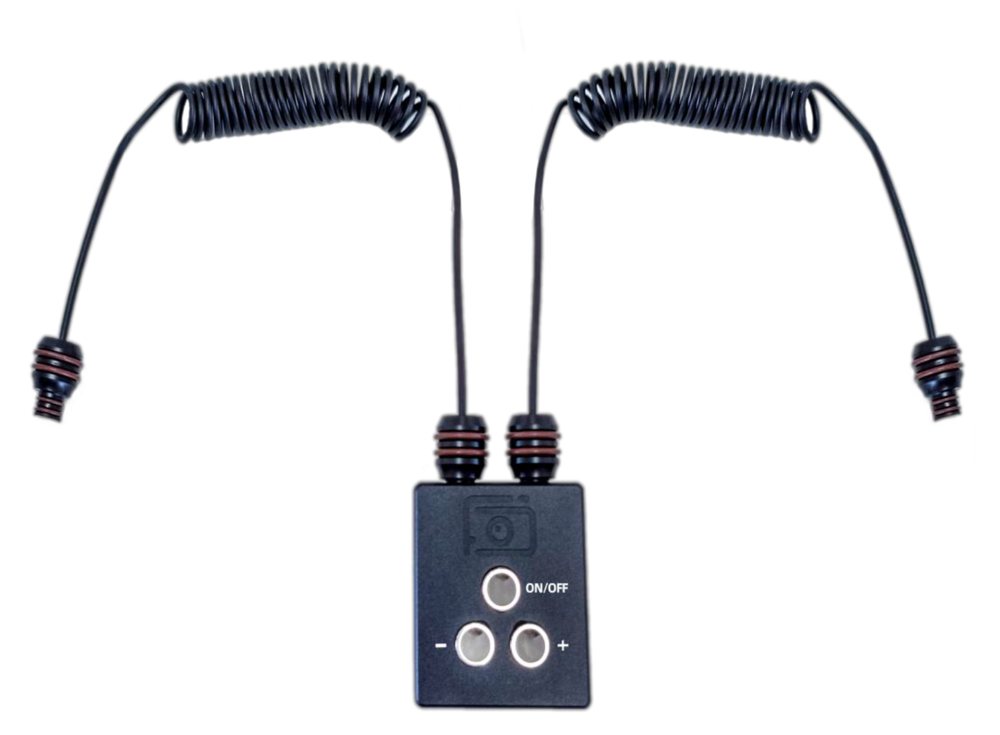
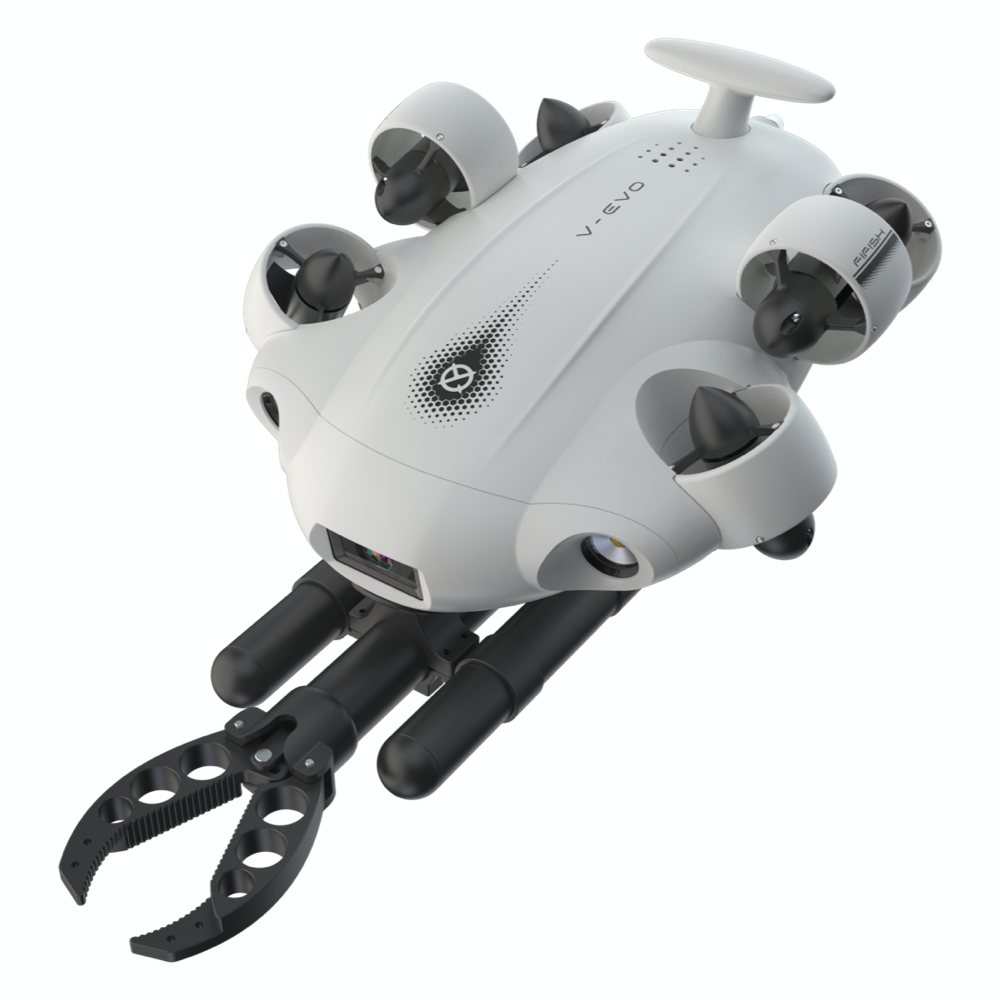
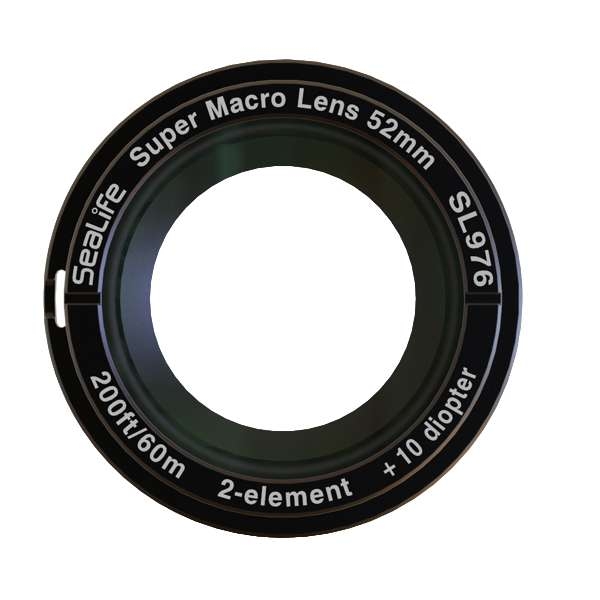
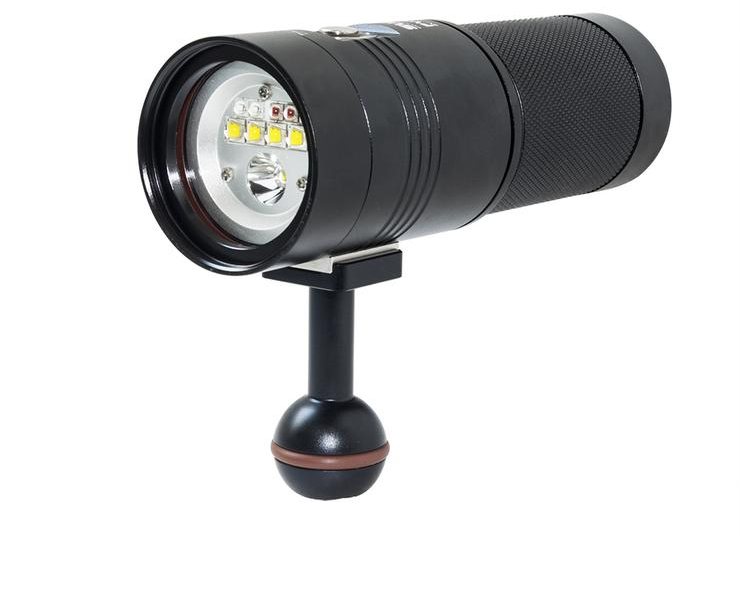
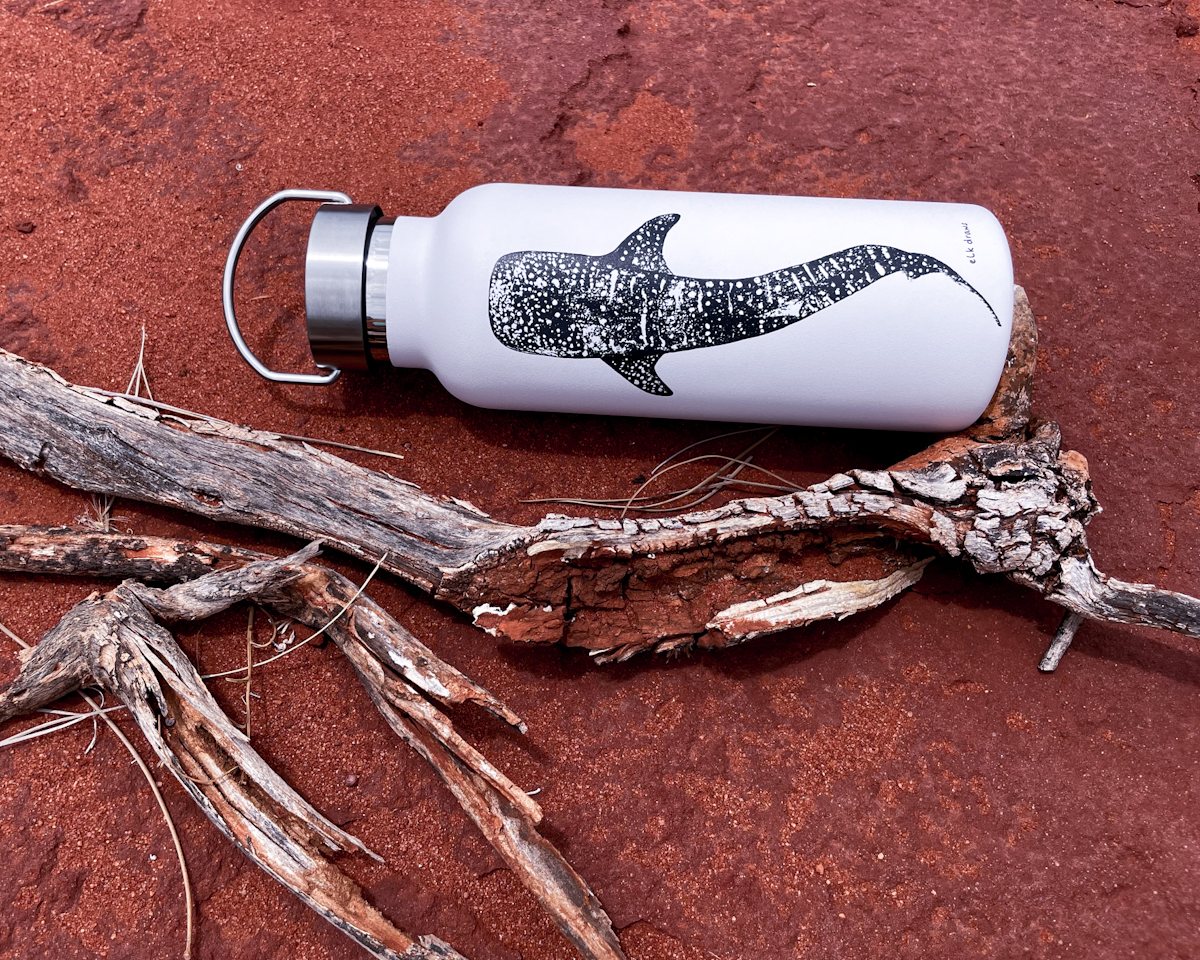






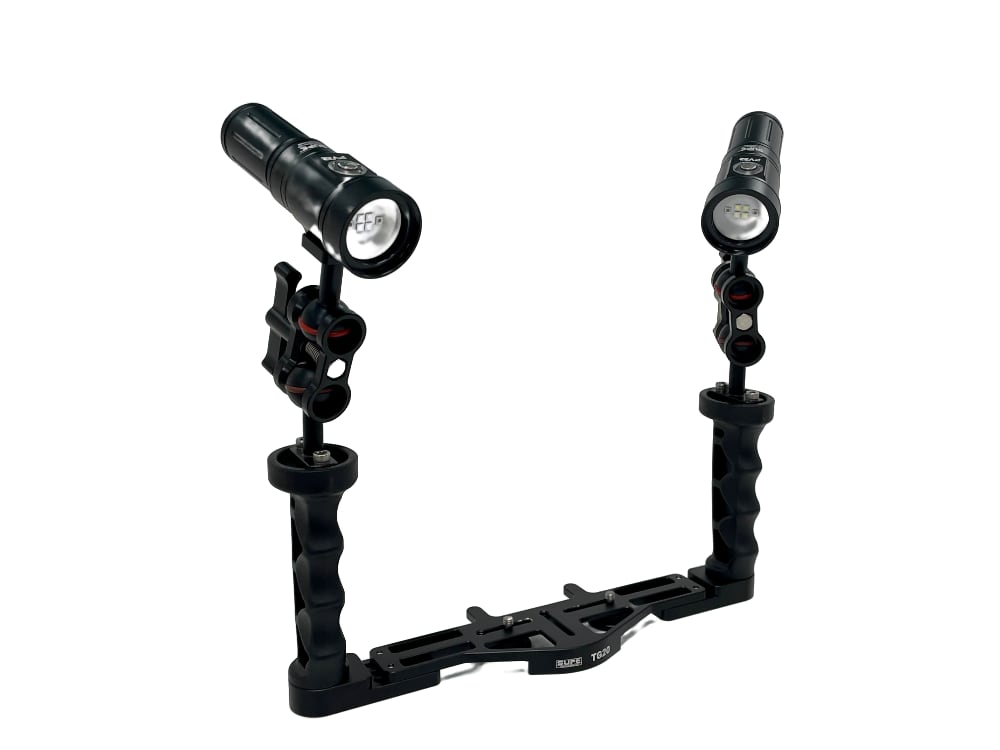 Video Light Package with tray and arms - 4000 lumens - Scubalamp PV22 x 2
Video Light Package with tray and arms - 4000 lumens - Scubalamp PV22 x 2 




